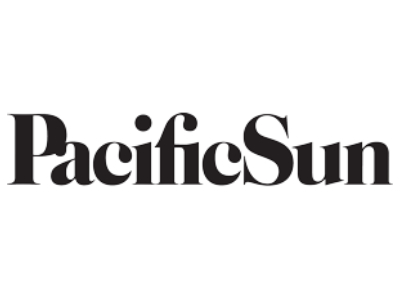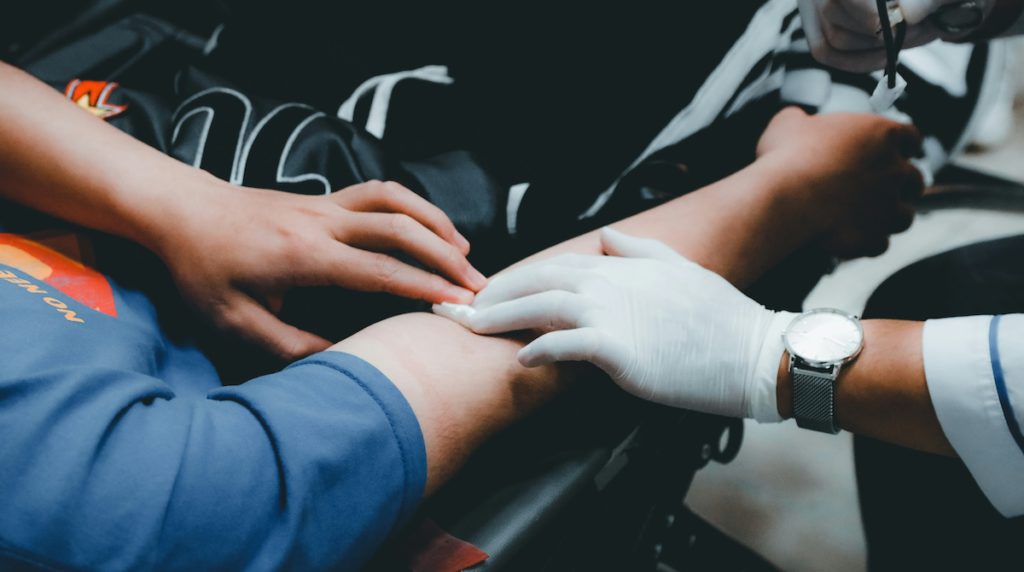Winston Churchill coined the phrase, “I have nothing to offer but blood, toil, tears, and sweat,” and, as it turns out, that’s what most of humanity and the citizens of Marin County also have to offer.
Luckily, blood, toil, sweat, and volunteers are the resources most in demand across California’s North Bay this coming summer. And no, that’s not a metaphorical call to action — Marin County needs blood.
To explain further, local blood and plasma donations are in great demand this summer, and those who are able and willing to part with a little bit of blood can perform an act of charity that is very likely to help save a life. See, all those sanguine fluids generously given straight from the vein are quickly used in life-saving infusions, integral to the efficacy and success of healthcare and medical support across the county, nation, and the world.
Vitalant, a national health organization dedicated to collecting blood donations for medical facilities, recently sent out a press release notifying local news sources to call for blood…donors.
“Nonprofit Vitalant is urging all eligible volunteer blood donors to help prevent a summer shortage by giving blood this July,” the press release explains. “Donations around the Fourth of July are typically among the lowest of the year but patients’ needs don’t take a vacation.”
The Vitalant website lists more details and interesting factoids about blood donations and the ever-present need for more. For instance, Vitalant states that one person in the United States needs blood and/or platelets every two seconds. The organization estimates this metric to mean that the daily need in the U.S. is approximately 29,000 units of red blood cells, nearly 5,000 units of platelets, and 6,5000 units of plasma.
To help meet these needs, Vitalant operates about 115 donation centers across the nation and, through these centers, supplies blood and services to around 900 hospitals nationwide.
Donating blood can sound intimidating, especially for those who have yet to experience this singular charity. However, being a blood donor is far faster and less invasive than one may expect. Plus, many local community blood donation centers and event coordinators do their best to make the blood donors feel extra comfortable and cared for. Often, this care includes offerings of free cookies and juice and the opportunity to join in on a general communitywide spirit of charitable goodness.
So, how does one know if the community wants their blood (donation)? And how can one sign up to be a part of this especially important version of volunteer work? Well, Vitalant puts it pretty well:
“Donors of all blood types are urgently needed, especially type O, the most transfused blood type,” lists the Vitalant press release. “O-negative can be used to help any patient in an emergency, and O-positive can help any patient with a positive blood type.”
Type O-negative blood is especially valuable for donations since it is considered the “universal donor” type. For those who do not know their blood type, donating to a collection center can be a great way to learn more about one’s own body, blood, and medical needs. Knowing what kind of blood one has can’t hurt and can only help.
“Human blood falls into four different blood groups: A, B, AB, and O. Your blood also has what is known as an Rh factor: It either contains a certain protein or it doesn’t,” explains the Vitalant website. “(This is the positive [+] or negative [-] after your blood type.) The possible combinations create eight different blood types: A+, A-, B+, B-, AB+, AB-, O+ and O-.”
Vitalant also lists the percentage of the population that has each blood type. A-positive makes up 32 percent of the population, A-negative is six percent, B-positive is 11 percent, B-negative is two percent, O-positive is 39 percent, O-negative is seven percent, AB-positive is four percent, and AB-negative is only one percent.
So, for those who want to know what kind of blood is pumping through those veins, come on out, donate, and learn a little about yourself. Are you an A-plus kinda person or more of a B-negative, maybe a mix or the rare and ever-so-valuable O? For the small price of one’s blood for a good cause, (almost) anyone can know.
That said, some conditions can exclude individuals from being able to donate blood. According to the Vitalant website, those who wish to donate blood must be in good health, over the age of 16, and weigh more than 110 pounds. This list is non-exhaustive, and those who want to follow through on the blood donation process should check out the site and see if recent tattoos, travel, or other random tidbits of personal history can prevent one’s efforts to donate blood.
Before going to the donation centers, be sure to follow the suggestions and guidelines listed on the Vitalant website: bring a valid ID, be sober from alcohol and recreational drugs, eat within two hours before the donation, and hydrate a lot in the day or two leading up to the donation. Donors may only donate blood every eight weeks, so don’t try to overachieve in this particular philanthropic endeavor since they don’t give out a gold star for going too far.
Upcoming blood drives in Marin County include 11am to 2:45pm on Thursday, July 11 at the Rotary District 5150 at San Rafael Elks Lodge; 11am to 3pm on Sunday, July 21 at Marin Rod and Gun Club in San Rafael; noon to 4 pm on Thursday, July 25 at the Sports Basement in Novato and from 10am to 1:30pm on Friday, July 26 at the Mill Valley Community Center.
As an extra incentive to get more people to donate blood to a good cause, Vitalant is throwing in a special giveaway for anyone who donates between July 8 and July 27. Those who donate blood between these dates will be automatically entered into Vitalant’s Summer Car Giveaway and will be eligible to win a vehicle valued up to $30,000.
So, to possibly save a life and win a car, come to one of the Marin County blood drive locations listed above and help Vitalant beat the summertime blood donation dry spell. To learn more about Vitalant and possibly become a donor, visit the website at vitalant.org.


